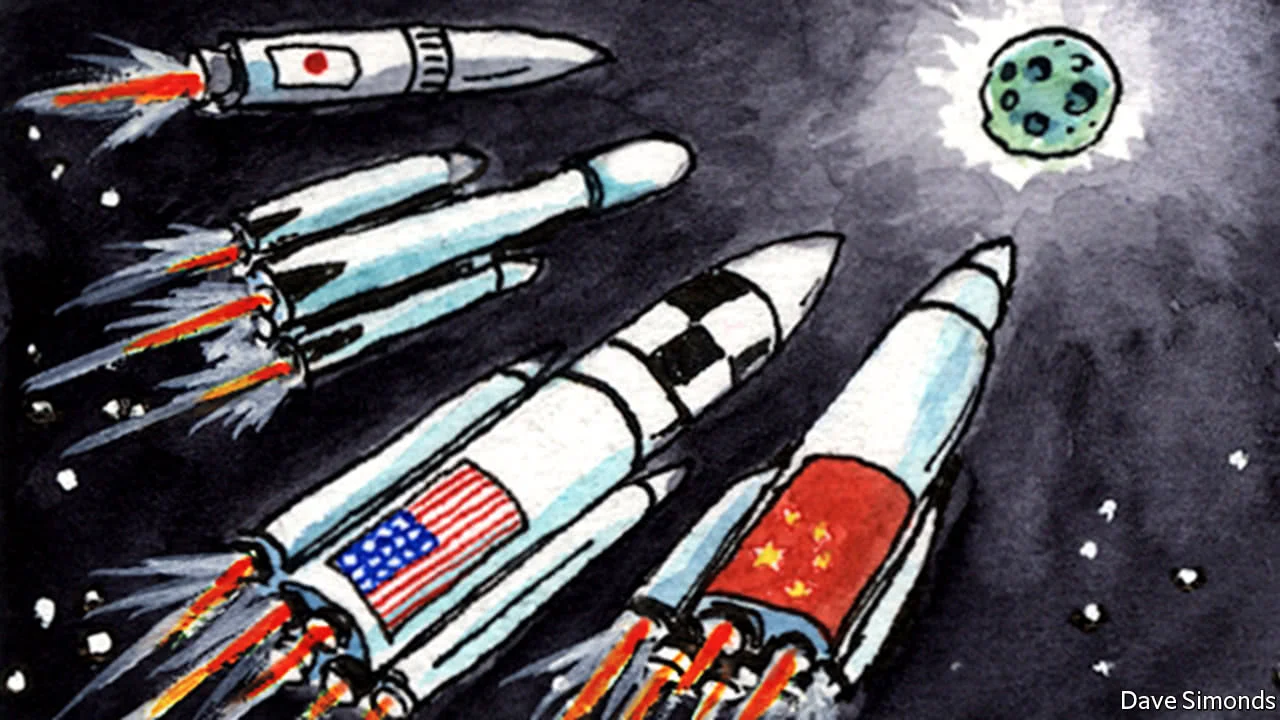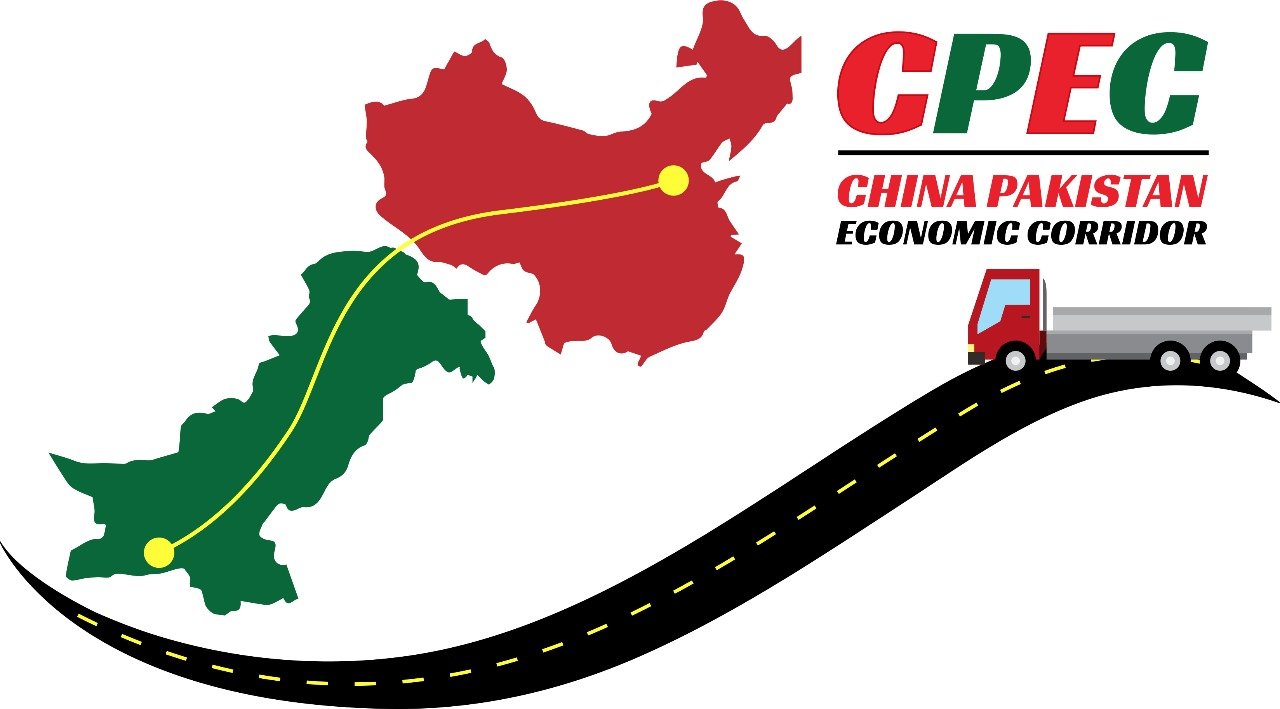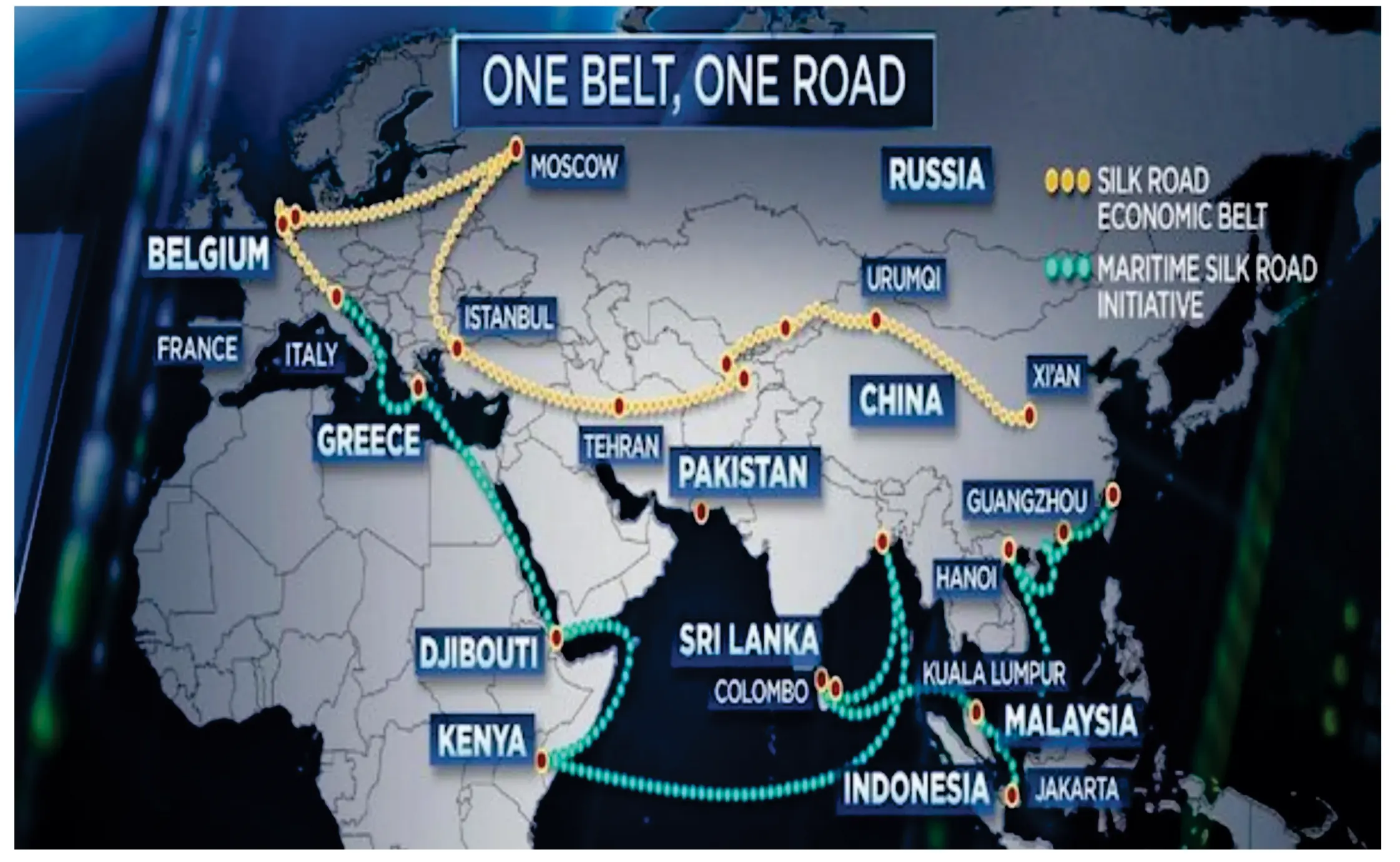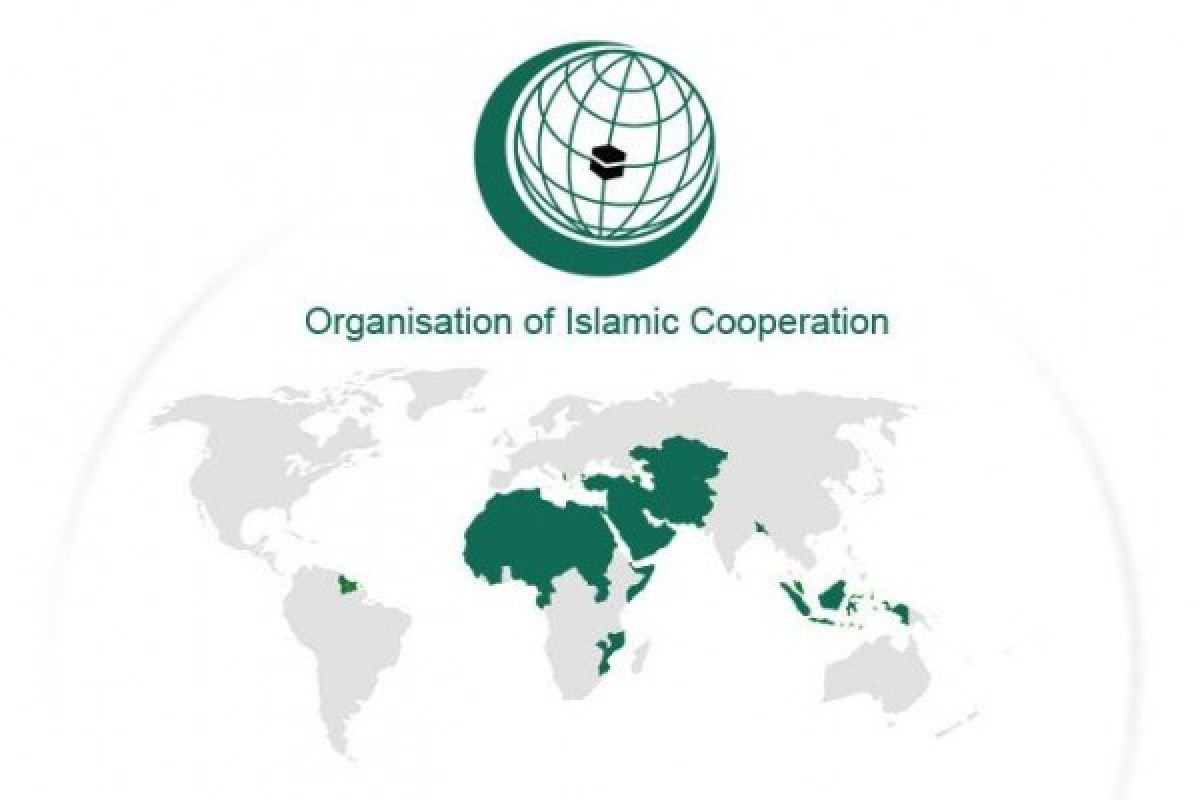
The Space Race, a captivating chapter in human history, was a 20th-century competition between two Cold War rivals, the United States and the Soviet Union, for supremacy in spaceflight capability. This rivalry, fueled by intense ideological conflict and national pride, led to remarkable technological advancements and captured the imaginations of people worldwide.
Origins and Context:
Cold War Tensions: The Space Race emerged from the broader context of the Cold War (1947-1991), characterized by political hostility, military rivalry, and an ideological struggle between the capitalist United States and the communist Soviet Union.
Technological Supremacy: Both nations recognized that achieving milestones in space exploration would demonstrate technological superiority, boosting national prestige and potentially providing a military advantage.
Key Milestones:
Sputnik 1 (1957): The Soviet Union launched Sputnik 1, the first artificial satellite to orbit Earth, shocking the United States and sparking the Space Race.
Yuri Gagarin (1961): Soviet cosmonaut Yuri Gagarin became the first human in space, orbiting Earth aboard Vostok 1.
Apollo 11 (1969): The United States achieved a landmark victory when Apollo 11 landed astronauts Neil Armstrong and Buzz Aldrin on the Moon, marking a turning point in the Space Race.
Technological Advancements:
Rocketry: The development of powerful rockets, such as the Soviet R-7 and the American Saturn V, was crucial for launching satellites and humans into space.
Satellite Technology: The Space Race led to advancements in satellite technology, enabling communication, navigation, and Earth observation capabilities.
Human Spaceflight: Developing spacecraft capable of supporting human life in the harsh environment of space, including life support systems and spacesuits, was a significant accomplishment.
Impact and Legacy:
Scientific Discoveries: The Space Race led to numerous scientific discoveries about Earth, the solar system, and the universe, expanding human understanding of the cosmos.
Technological Innovation: The pursuit of space exploration drove innovation in various fields, including materials science, computer technology, and telecommunications.
International Collaboration: Despite the initial rivalry, the Space Race eventually paved the way for international cooperation in space exploration, as seen in projects like the International Space Station.
Inspiration and Education: The Space Race captured the imagination of people worldwide, inspiring generations of scientists, engineers, and the general public.
Beyond the Cold War:
Continued Exploration: After the Cold War, space exploration continued, with a focus on scientific research, commercial ventures, and international collaboration.
New Players: Emerging space powers, like China, India, and private companies, have joined the pursuit of space exploration.
Future Frontiers: Humanity continues to push the boundaries of space exploration, with plans for missions to Mars and beyond.
Explanation:
The Space Race was driven by a confluence of factors:
National Pride and Prestige: Achieving milestones in space exploration became a matter of national pride and a demonstration of technological prowess.
Military Considerations: Space technology had potential military applications, including reconnaissance and missile deployment.
Ideological Struggle: The Space Race became a symbolic arena for the broader ideological struggle between communism and capitalism.
Conclusion:
The Space Race was a remarkable period of human history, marked by intense competition, rapid technological advancement, and a profound impact on science, technology, and culture. It serves as a testament to human ingenuity and the enduring fascination with exploring the vast expanse of space.




